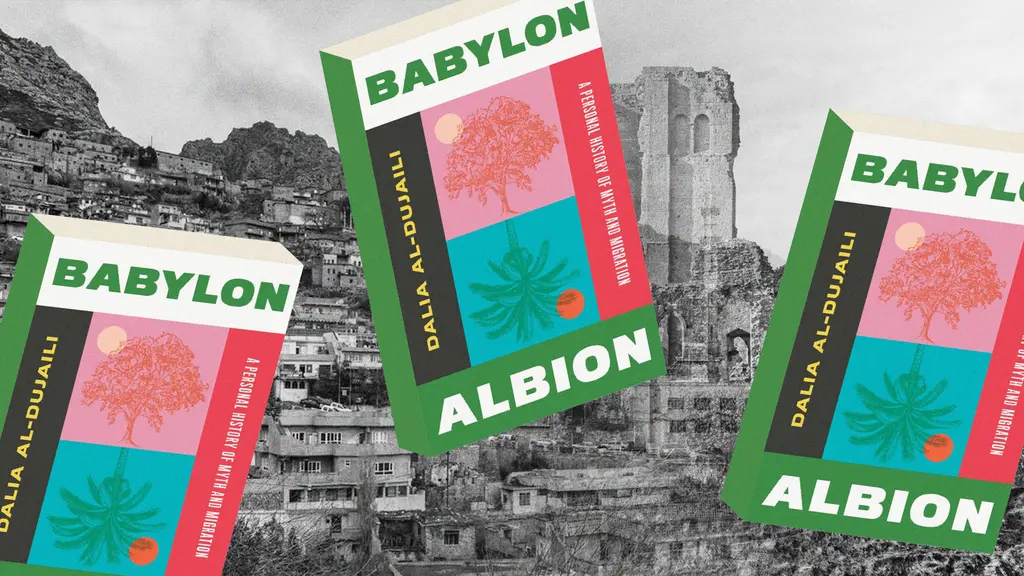A joyous portrait of Wigstock in the 1980s and ‘90s
- Text by Miss Rosen
- Photography by Rafael Fuchs

Photographer Rafael Fuchs first arrived in New York in 1985, settling into the East Village long before it was gentrified. “It was so exciting and rejuvenating,” he recalls. “It felt like you could do whatever you want to, and be whoever you wish to be. Nobody cared.”
In the mid-1980s, the East Village had become the centre of the downtown avant-garde as a slew of artist-run galleries, performance venues, and nightclubs began to emerge. “My favourite was The Pyramid,” Fuchs says of the fabled punk LGBTQ+ club. “There was always something unexpected.”

The Pyramid, which closed this April after 41 years, was the heart and soul of the neighbourhood when it was more commonly known as Alphabet City. Launched in the era of Studio 54 and Limelight, Pyramid was the ethos of D.I.Y. style, its stage ablaze with performances by artists including Iggy Pop, Debbie Harry, and Madonna as well as drag luminaries RuPaul, Taboo! and Lypisnka.
The East Village drag scene soared to new heights when Pyramid headliner Lady Bunny launched what would become the Wigstock Festival in 1984. It all began when a gaggle of drag queens strolled out of the Pyramid into Tompkins Square Park and put on an impromptu show for the public at the band shell. Someone suggested they put together a day-long show dubbed Wigstock in homage to the 1969 Woodstock Festival.

Lady Bunny officially launched Wigstock in 1985, performing ‘I Feel the Earth Move Under My Feet’ and never looked back, hosting the annual drag-a-thon on Labor Day until 2005 as the unofficial end of summer soiree. Wigstock immediately became the must-attend event of the season, reaching extraordinary heights with unforgettable performances by no less than Leigh Bowery, who “gave birth” to his assistant Nicola, hidden inside his costume.
Fuchs regularly frequented Wigstock, making photographs of attendees dressed in their finest wares. “Wigstock felt like my Mardi Gras,” Fuchs recalls. “Everyone was invited, no matter whether you were queer or straight, old or young – just put your wig on.”

Throughout the 1980s and ‘90s, Wigstock brought awareness to the LGBTQ+ community, revealing how expansive and inclusive the community is, while offering a much-needed space for joy and pleasure during the height of AIDS crisis. “There was a feeling of liberation,” Fuchs says.
“Wigstock had the power to change attitudes. It gave people the opportunity to free themselves from certain burdens and act out their inner personas. It was striking to see BDSM role play performed in broad daylight. It showed me that you can break taboos playfully and change how people think about things they might have otherwise considered ‘wrong.’ In the end, it’s simple: love is love.”
In 1995, Wigstock: The Movie was released, showcasing scenes from a time when drag was still an underground phenomenon. “Everybody wants to be accepted,” film critic Roger Ebert said in response to the film, recognising that though members of the fringe may push the boundaries, they’re only human after all.



Follow Miss Rosen on Twitter.
Enjoyed this article? Like Huck on Facebook or follow us on Twitter.
You might like

On Alexander Skarsgård’s trousers, The Rehearsal, and the importance of weirdos
Freaks and Finances — In the May edition of our monthly culture newsletter, columnist Emma Garland reflects on the Swedish actor’s Cannes look, Nathan Fielder’s wild ambition, and Jafaican.
Written by: Emma Garland

Capturing life in the shadows of Canada’s largest oil refinery
The Cloud Factory — Growing up on the fringes of Saint John, New Brunswick, the Irving Oil Refinery was ever present for photographer Chris Donovan. His new photobook explores its lingering impacts on the city’s landscape and people.
Written by: Miss Rosen

Susan Meiselas captured Nicaragua’s revolution in stark, powerful detail
Nicaragua: June 1978-1979 — With a new edition of her seminal photobook, the Magnum photographer reflects on her role in shaping the resistance’s visual language, and the state of US-Nicaraguan relations nearly five decades later.
Written by: Miss Rosen

Nostalgic photos of everyday life in ’70s San Francisco
A Fearless Eye — Having moved to the Bay Area in 1969, Barbara Ramos spent days wandering its streets, photographing its landscape and characters. In the process she captured a city in flux, as its burgeoning countercultural youth movement crossed with longtime residents.
Written by: Miss Rosen

Dalia Al-Dujaili: “When you’re placeless, nature can fill the void”
Babylon, Albion — As her new book publishes, the British-Iraqi author speaks about connecting with the land as a second-generation migrant, plants as symbols of resistance, and being proud of her parents.
Written by: Zahra Onsori

We are all Mia Khalifa
How humour, therapy and community help Huck's latest cover star control her narrative.
Written by: Alya Mooro